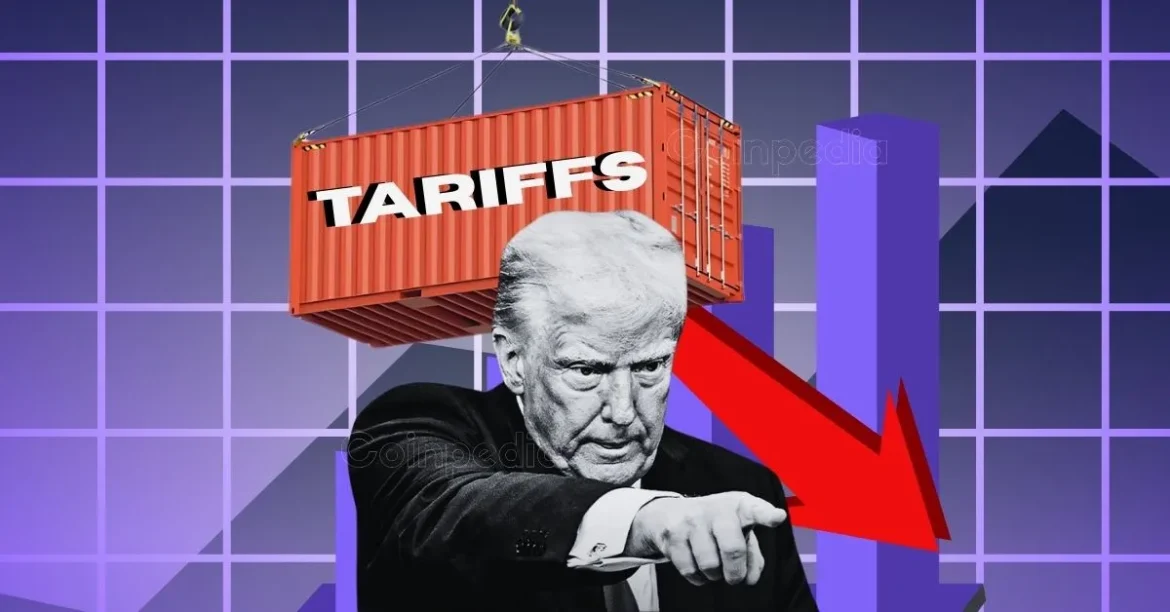The Ongoing Legal Battle Over Trump’s Tariffs: An In-Depth Analysis
The saga surrounding former President Donald Trump’s sweeping trade tariffs continues to unfold in the legal arena, invoking complex questions over executive authority, economic policy, and international trade relations. Recent rulings by federal appeals courts have temporarily upheld the tariffs, defying previous lower court decisions that blocked them for overstepping presidential power. This detailed report explores the intricate developments, legal foundations, implications, and future outlook amid this ongoing judicial contest.
Background: Trump’s Tariffs and Legal Controversy
During his tenure, President Trump imposed broad tariffs on a wide range of imported goods from multiple countries, including major trade partners such as China and the European Union. These tariffs were often justified as necessary tools to protect U.S. economic interests, bolster domestic manufacturing, and address unfair trade practices.
However, critics and legal challengers argued that Trump exceeded his authority by using the International Emergency Economic Powers Act (IEEPA) — a 1977 federal law originally crafted for national emergencies — to impose these widespread tariffs. Specifically, a three-judge panel of the U.S. Court of International Trade ruled that the president lacked unilateral power under IEEPA to authorize tariffs affecting virtually every country globally, leading to an initial blocking of these trade duties.
Recent Court Decisions: Appeals Courts Grant Temporary Stays
Despite the blocking rulings by the lower court, several federal appeals courts have since intervened, granting temporary stays allowing the tariffs to remain in effect while the judicial review proceeds. These actions demonstrate a judicial split and highlight the complexity and urgency of resolving the dispute.
– Federal Circuit Court Actions: Courts have agreed to keep the sweeping tariffs intact temporarily and scheduled expedited hearings to review the case, indicating that the tariffs can be enforced pending final decisions.
– Extensions and Timeline: The tariffs will remain in place at least until late July or end of July in some rulings, providing the Trump administration a reprieve and additional time to develop legal arguments defending the scope of presidential authority under trade and emergency laws.
– Mixed Judicial Opinions: While a lower court deemed the tariffs unlawful, the appellate courts have shown deference toward the executive branch’s choices in trade policy, further complicating the trajectory toward a definitive legal resolution.
Legal Arguments: Authority and Limits of Executive Power
At the heart of this dispute lies a critical question about the limits of presidential powers in trade policy, especially under emergency legislation:
– IEEPA’s Scope: Originally intended to allow the president to address unusual and extraordinary threats during declared national emergencies, opponents argue its use for broad economic tariffs exceeds its intent.
– Reciprocal Tariffs and Economic Policy: Trump administration supporters emphasize the need for flexibility and decisive measures in protecting national economic interests, framing tariffs as a legitimate exercise of trade authority.
– Judicial Interpretation Divergence: The conflicting court rulings illustrate the nuanced interpretations of statutory and constitutional powers surrounding trade, national security, and emergency declarations.
Economic and Political Implications
Beyond the legal realm, the controversy over Trump’s tariffs impacts economic relations domestically and internationally, as well as the broader political landscape:
– Market Reactions: News of temporary reinstatements has stirred global market fluctuations, affecting trade partners and influencing investor confidence amid uncertainty.
– Trade Negotiations and Relations: The tariffs remain a critical factor in ongoing trade dialogues, such as negotiations between the U.S. and China seeking to ease tensions and recalibrate economic frameworks.
– Policy Precedents: The rulings have potential implications for future administrations’ ability to use executive authority in trade and economic policymaking, shaping the balance of power between branches of government.
What Lies Ahead: Pending Appeals and Supreme Court Possibilities
The legal battle is far from concluded, with several upcoming stages poised to determine the fate of the tariffs and executive trade authority more broadly:
– Expedited Oral Arguments: Courts have scheduled hearings to deliberate the merits of the administration’s appeals, with attention focused on whether the current emergency powers statute justifies such sweeping trade actions.
– Potential Supreme Court Review: Given the high stakes and conflicting lower court opinions, there is a significant possibility that the United States Supreme Court may ultimately be called upon to resolve the constitutional and statutory questions at the core of this dispute.
– Legislative and Administrative Responses: Parallel to judicial outcomes, lawmakers and the executive branch might consider legislative fixes or alternative regulatory approaches to circumvent legal challenges and maintain trade policy objectives.
Conclusion: A Pivotal Moment in U.S. Trade and Executive Power
The turmoil over President Trump’s tariffs exemplifies the tension between ambitious economic protectionism and the rule of law guiding executive conduct. The recent appellate decisions to allow tariffs to remain temporarily set the stage for critical judicial clarifications on the extent of presidential trade authority and the use of emergency powers. As the appeals process advances, the outcomes will not only influence America’s trade landscape and international economic relations but also define constitutional boundaries shaping executive power well beyond this chapter. This unfolding legal drama demands close attention from policymakers, businesses, and global observers alike, as its ripple effects will reverberate across trade policy and governance for years to come.





